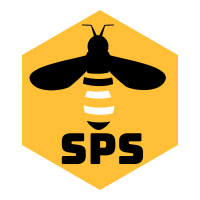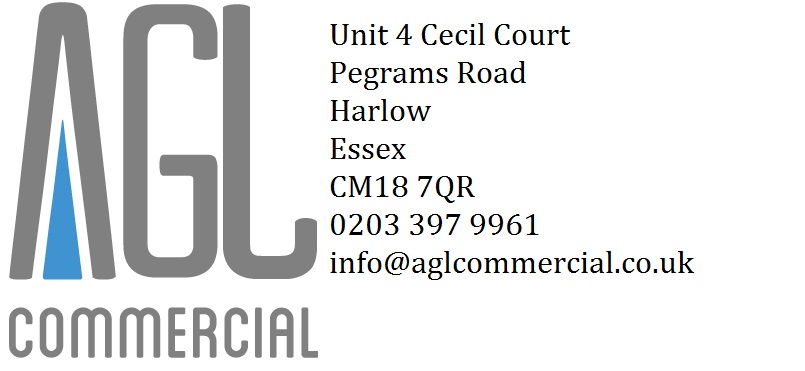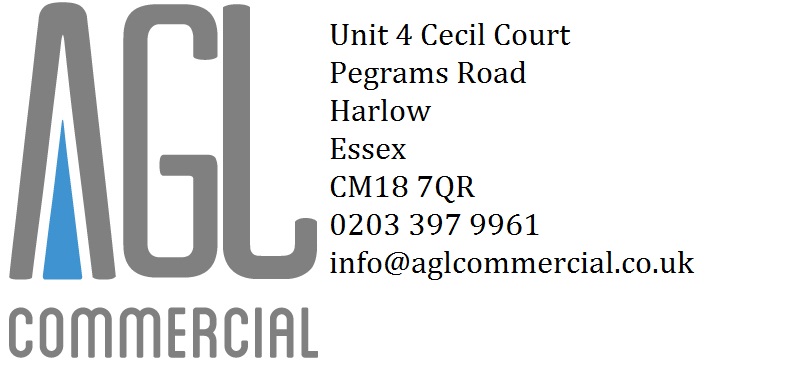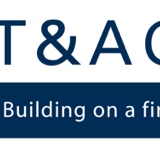Title Page
-
Conducted on
-
Prepared by
-
Client/Site
Dust
-
Are you aware of the dangerous of dust?
What types of dust exist?
-
Cement Dust, Wood Dust, Mould Spores, Silica Fibres, Asbestos, Chemical, Clothing Fibres, Skin and many more
What is dust?
-
The term dust means all airborne particles, including fumes from welding and vapours from chemicals.
Clearly, there are lots of different types of dust, and a lot of it is dangerous.
The big 3
-
The HSE have identified “ The Big 3”
Asbestos: it’s still a big killer and you MUST use a licensed contractor for removal.
Wood dust: including MDF, fibreboards, soft & hard wood, especially from sanding.
Silica dust: from cutting stone & concrete or using sand & gravel.
The invisible killer
-
A dust cloud contains some big and some very small particles
You can see the big ones, but you can’t see the small ones.
It’s the tiny particles, invisible to the naked eye, that are the most dangerous.
Only extremely small particles, less than 5 microns in diameter, penetrate to the deep lung.
These are a fraction of the size of a grain of sand.
These invisible particles can linger in the air for up to eight hours.
They are so small, when inhaled, go straight to the bottom of the lungs causing serious damage.
It can take a year for the body to get rid of these tiny particles if at all.
Facts
-
Dust control is covered by two pieces of legislation.
The Health and Safety at Work Act 1974 and the Control of Substances Hazardous to Health Regulations 2002 (COSHH).
Asbestos is specifically covered by the Control of Asbestos Regulations 2012.
Last year there were 12,000 lung disease deaths & 18,000 new cases of breathing and lung problems due to exposure at work.
There are 40,000 new cases of dust-related skin disease each year.
PPE
-
If doing any work that is going to create dust including sweeping, chasing walls, cutting, soldering etc, you must wear a PP3 certified mask. You will need to have a face fit test in the future.
Attendees
- Name
-
Add signature












